As demand for personalized oral care grows, toothbrush devices must offer highly programmable pulse frequency control and sensitivity adaptation to accommodate multiple modes and user profiles. Only by combining a range of settings with real-time feedback can a single device truly meet the needs of all ages, oral conditions, and use-case scenarios.
First, B2B manufacturers should consider the full spectrum of end users:
Clear user personas are essential to define the must-have features for a “one-size-fits-all” device.
Next, the device should support multiple cleaning modes for different scenarios:
This “multi-mode + easy switching” approach lays the foundation for true versatility.Company web:https://www.powsmart.com/product/electric-toothbrush/
To serve varied needs, pulse frequency programmability is critical:
This level of control ensures seamless transitions to the optimal cleaning intensity.
Beyond frequency, sensitivity adaptation is also a core differentiator:
With these technologies, the device protects gums while maintaining cleaning efficacy.
To achieve true “one device, many uses,” hardware and accessories must work in harmony:
Platform extensibility is key to covering all use cases.
Finally, to maintain the “fit-all” advantage, manufacturers need a full-spectrum service strategy:
Ongoing technology and service upgrades enable comprehensive coverage of every scenario and user.
Conclusion
For a toothbrush or water flosser to truly answer “Can one device fit all needs?”, it must excel in pulse frequency control, sensitivity adaptation, hardware scalability, and cloud-based services. Only by continuously investing in multi-mode capabilities, intelligent coordination, and ecosystem support can B2B partners deliver truly versatile, user-friendly, and high-performance oral care solutions. Contact us today to explore customized, multi-scenario product collaborations!
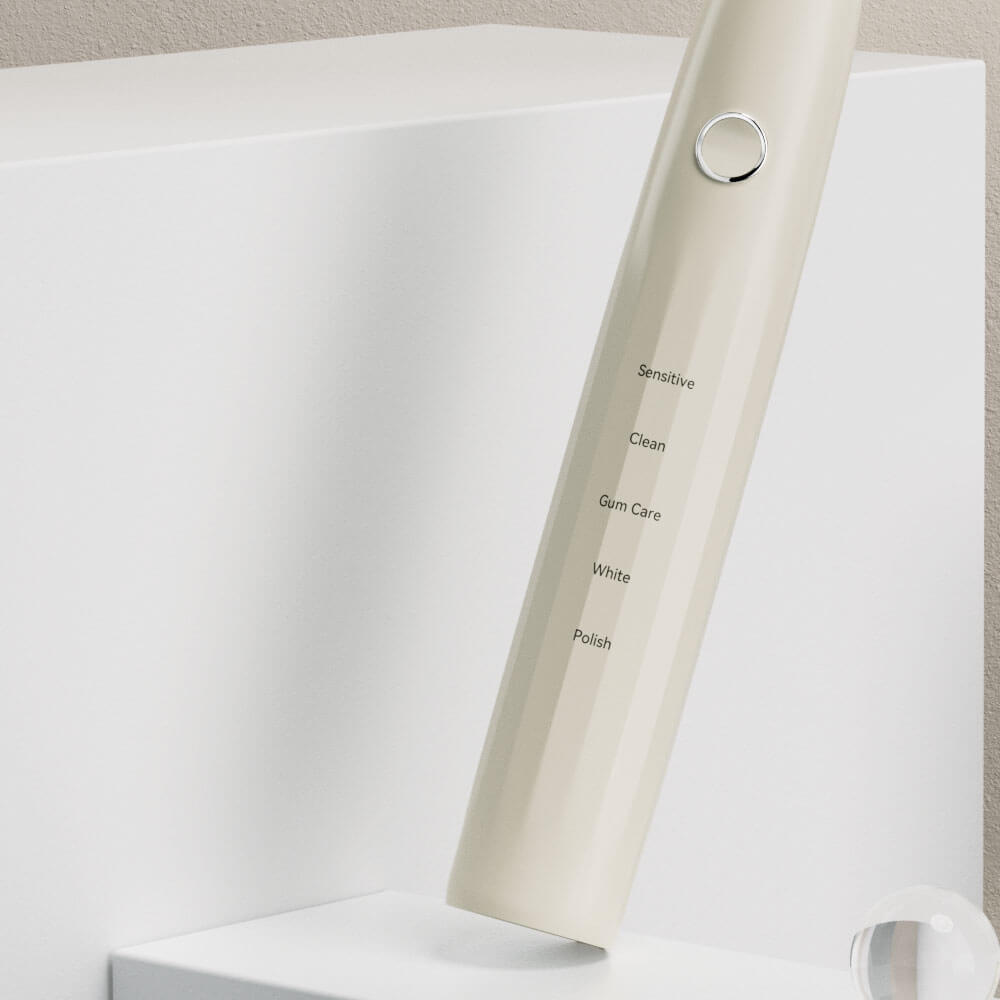
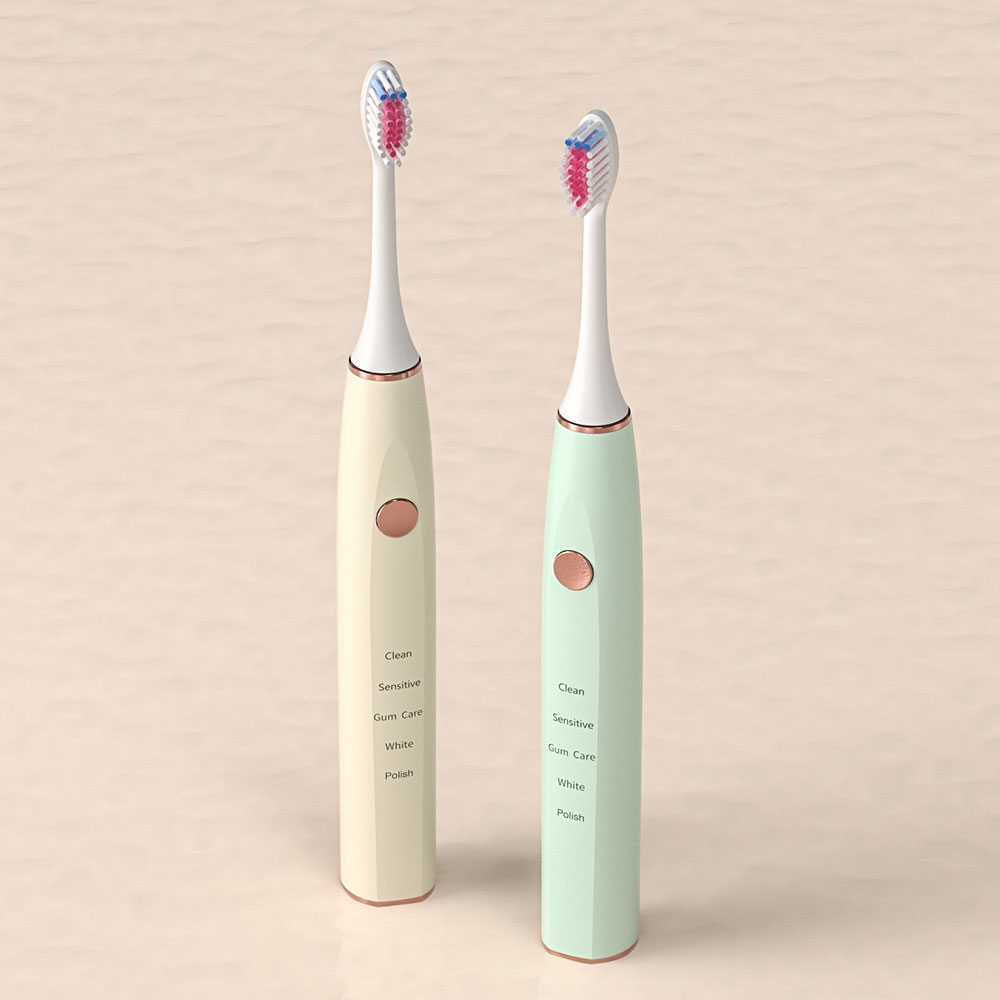
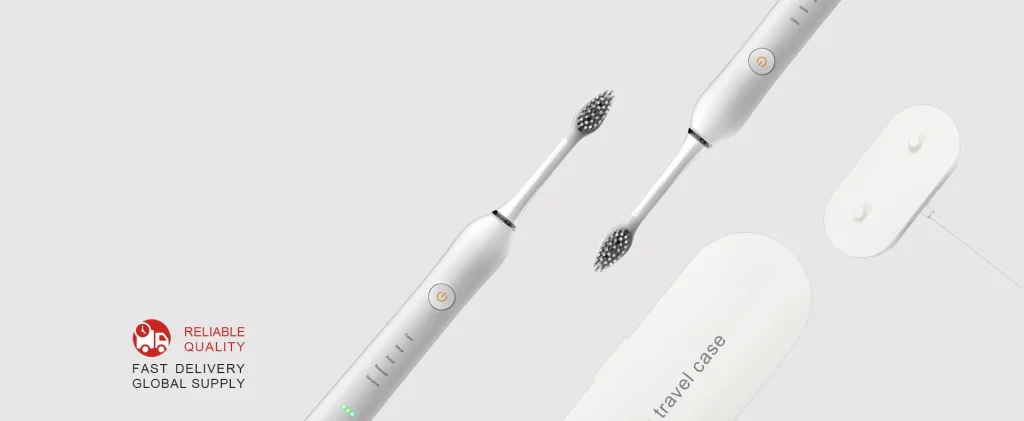

The Long-Term Benefits of Using an Electric Toothbrush

Does an Arizona desert toothbrush need an Arizona water-resistant rating?
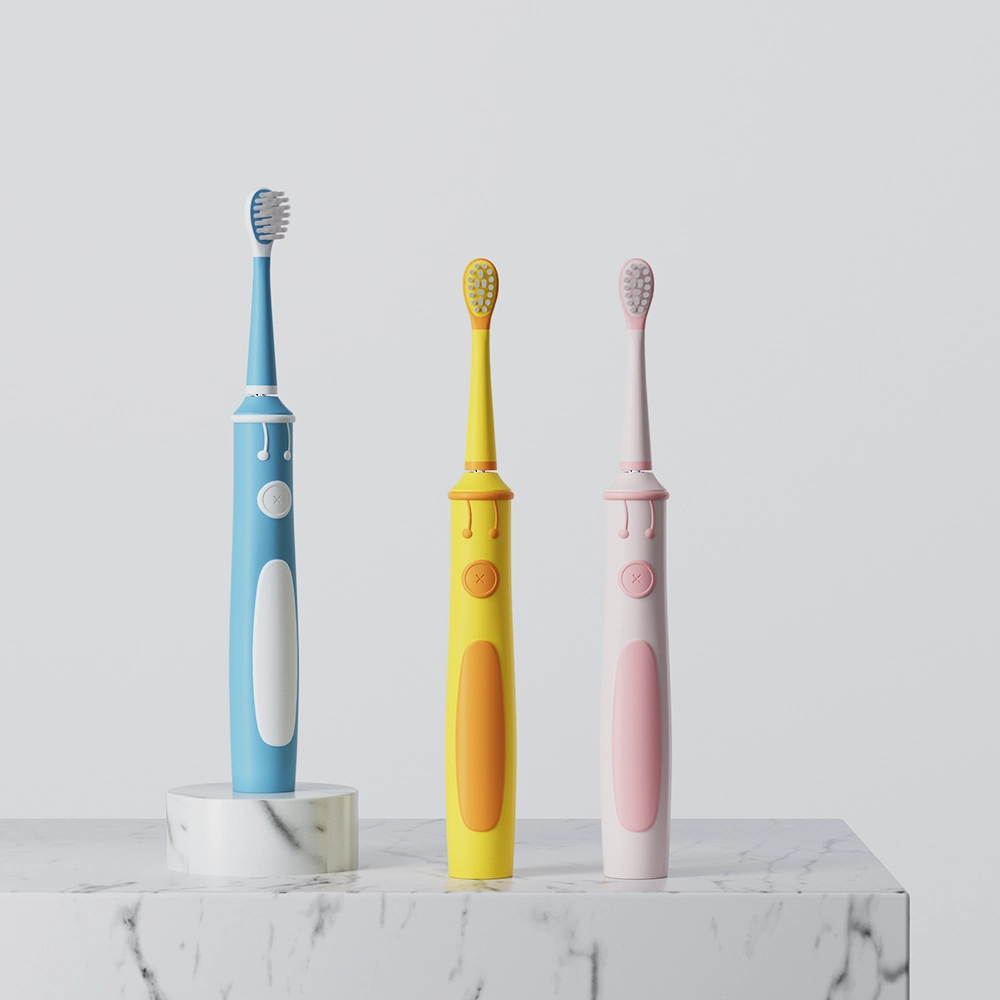
Does Children’s Cavity Prevention Brush Have App Connectivity Flaws?
Motor Burnout Causing Nozzle Clogging?
.jpg)
Five Advantages of Electric Toothbrush Customization Service: Why Brand Owners Choose OEM/ODM?
Weak Vibration Plus Sensor Failure – Double Malfunction?
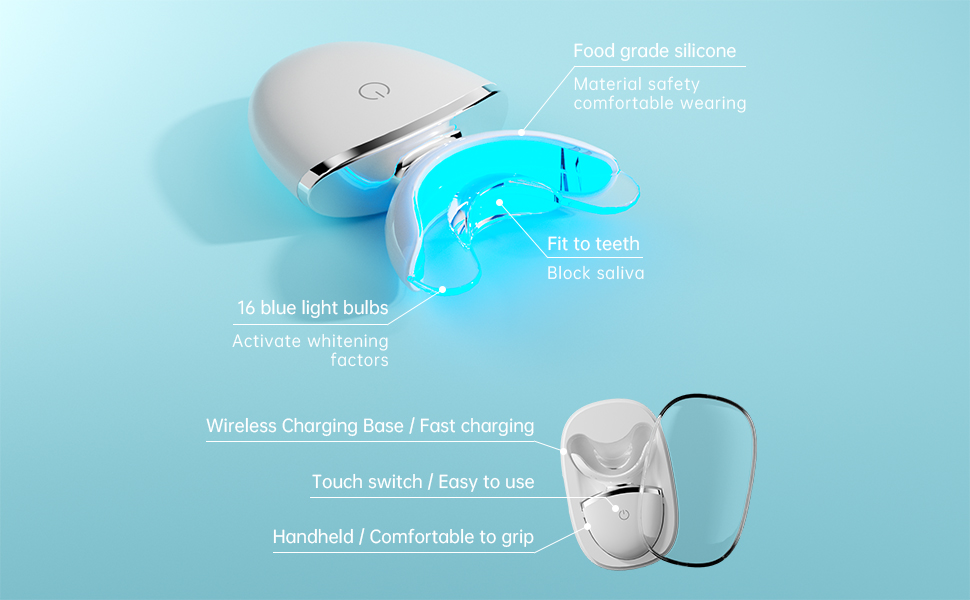
Is a Teeth Whitening Pen the Ultimate On-the-Go Beauty Solution?

The Teeth Whitening Market Is Booming: How Can Brand Owners Connect with Reliable Teeth Whitening Device Factories?
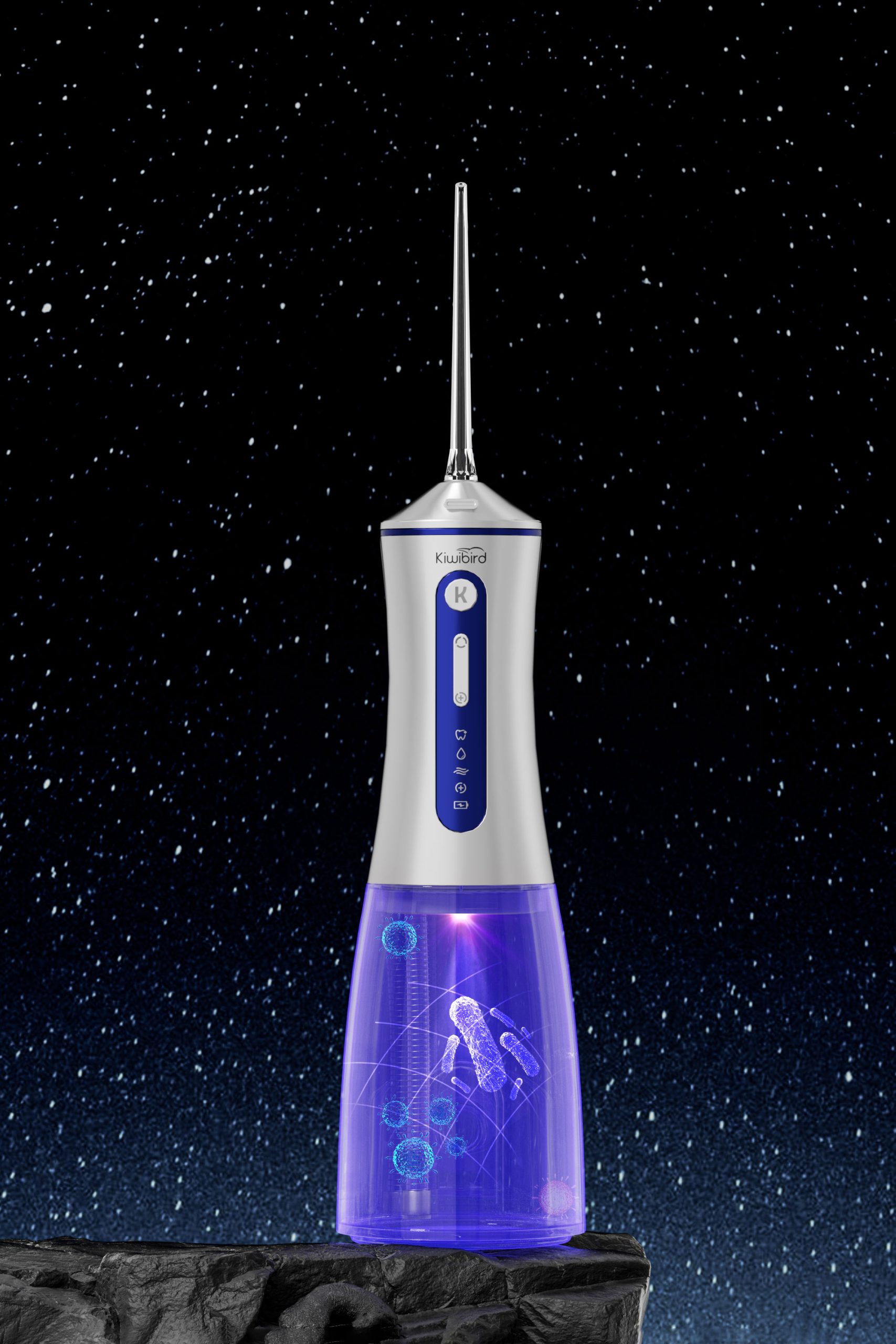
Analysis of the Core Technology of Ultraviolet Sterilization Water Flosser: How to Ensure 99% Sterilization Rate?

Is it Normal to Have Bleeding Gums or Discomfort When First Using a Water Flosser?
-2-scaled.png)
The Scientific Principle of Red and Blue Light Teeth Whitening Device: How Can 460nm Blue Light and 630nm Red Light Safely Whiten Teeth?

Targeting Niche Markets with Customized Oral Care: OEM Strategies for Brands
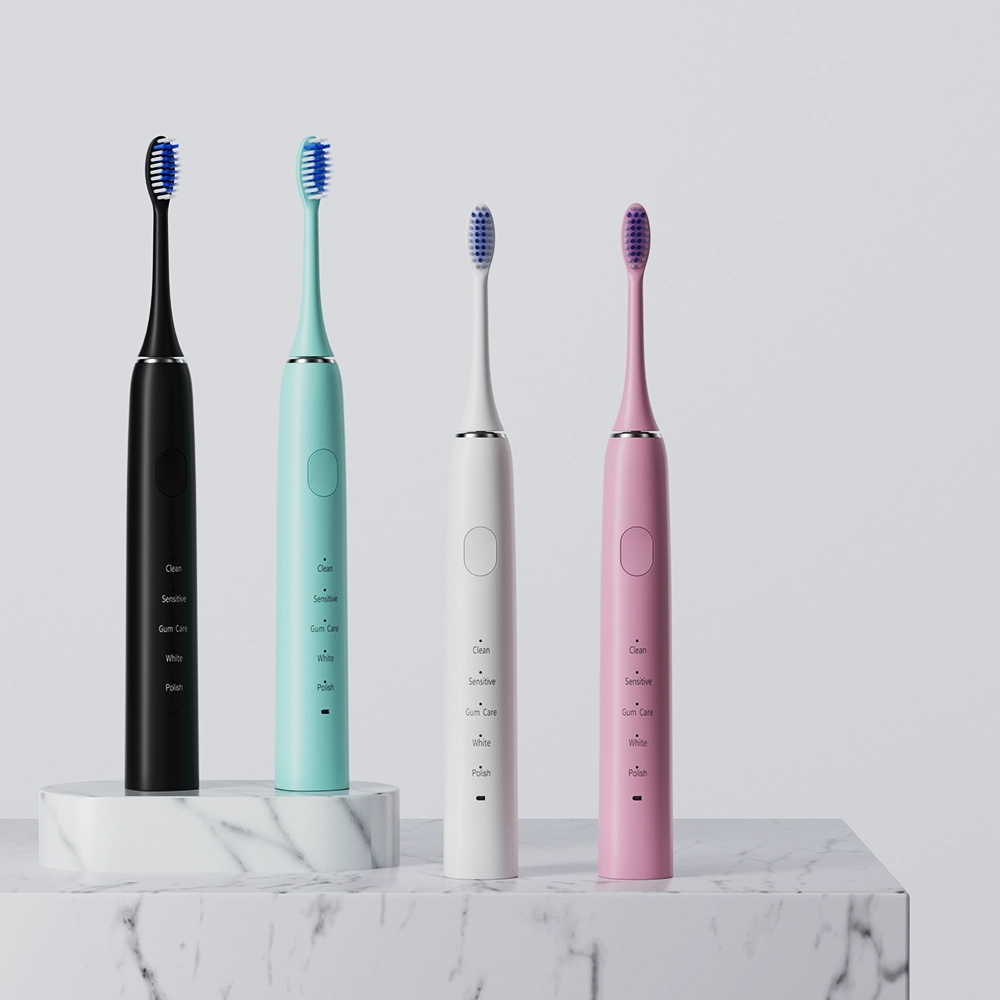
Electric toothbrush factory digital transformation path
Can Your Water Flosser Handle Braces?

How Important Is Waterproof Testing for Electric Toothbrushes?
.jpg)
In-depth Analysis of the Logo Craftsmanship of Water Flossers

electric toothbrush heads Charcoal Infuse-Round

Private Label Whitening Gel

electric toothbrush heads Ultra Soft

Customization Teeth Whitening Gel

Electric toothbrush heads Charcoal Infused-Diamond

electric toothbrush heads Regular Clean
.jpg)
Florida Electric Toothbrush – Powsmart PTR-C8

electric toothbrush heads Deep Clean
whstapp
whstapp
National Toll-Free Service Hotline
+86 755 86238638